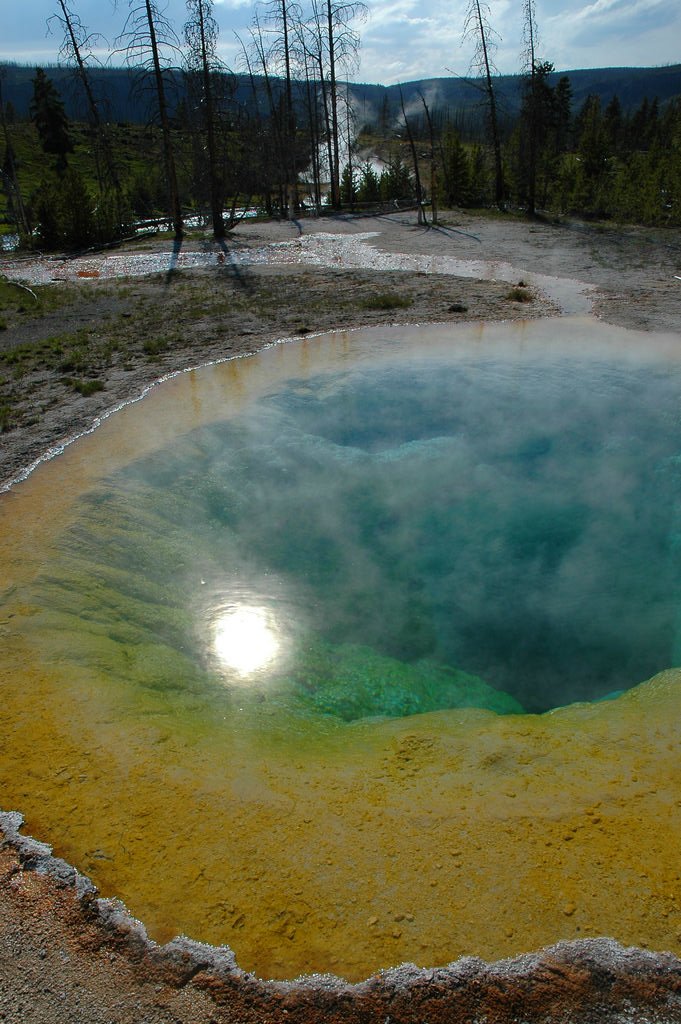|
| About ISB |
| Systems Biology |
Halobacterium |
| Labs Completed |
| About the Interns |
| Past Interns |
| Halo Group |
| Bacteriorhodopsin |
| Funky Fremont |
| Educators |
|
|||||||||||||
The Euryarchaeota is a diverse phylum composed of three main classes: the Methanogens, the Halophiles and the Thermoacidophiles. All three could quite accurately be termed extremophiles, or creatures that thrive in an environment where few others could. |
|
||||||||||||
|
|||||||||||||
 |
Halobacteria, on the other hand, are salt lovers. In nature, they are generally found in extremely saline environments with water in ready abundance. Thus, the Great Salt Lake and the Dead Sea, areas where the salt concentration could easily be several times that of sea water, are ideal locations for Halobacteria growth. The Thermoacidophiles are organisms that thrive in environments of intense heat and high acidity, sometimes with a pH as low as 1.0. In general, most Thermoacidophiles utilize the oxidation of sulfur in order to produce energy, thus explaining their abundance near volcanic vents and pools such as those located in Yellowstone National Park (left: note the discoloration surrounding the vent, an indicator of microorganism presence. Pollution from wide tourism has changed the pool from its original blue to the green shade depited) |
||||||||||||
 |
WWW 2006 Intern Site |
